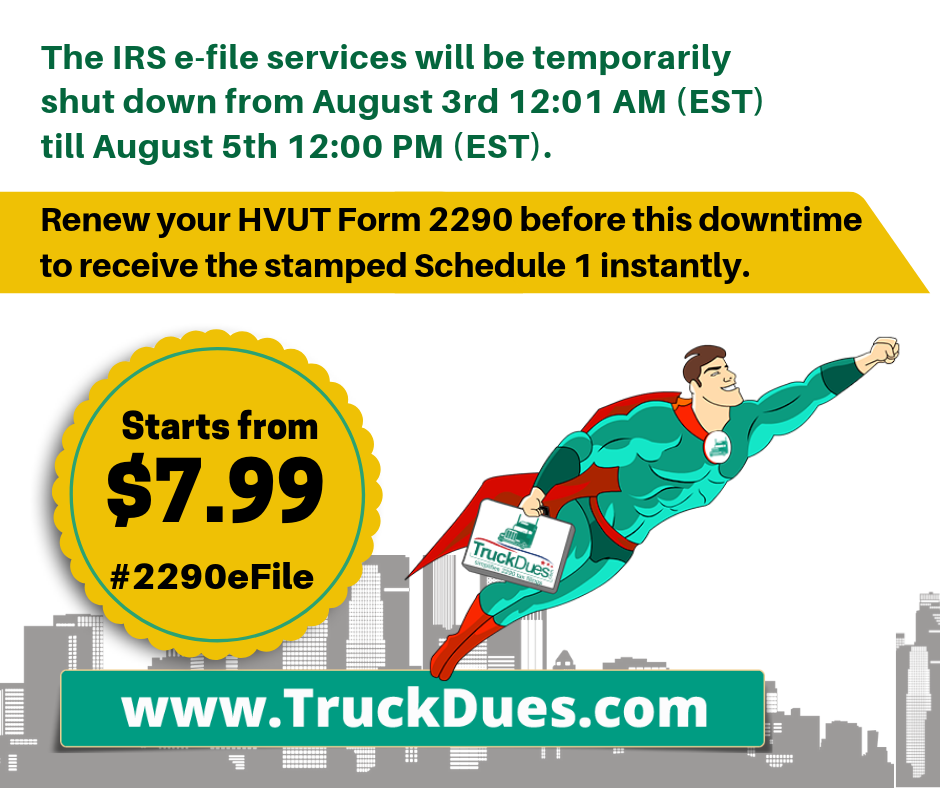
Paid the taxes in full for the previous tax year but you vehicle ran less than 5000 miles? You will be eligible to claim a full refund or transfer the credits to the current tax year (If you plan to operate more than 5000 miles)
A claim for refund can be for the following scenarios,
- Over paid tax due by mistake.
- Taxable vehicle Sold/ Transferred / Destroyed or Stolen.
- The vehicle was used within the mileage use limit (5,000 miles or less; 7,500 or less for agricultural vehicles).
In this article we will see especially about Low mileage vehicle credits refund and transfer
Vehicles used within the taxable mileage: The taxable mileage limit for a heavy vehicle is 5,000 miles (7,500 for agricultural). As said before the taxes are paid for the whole year and if your vehicle has run under 5,000 miles (7,500 for agricultural vehicles) you are eligible for low mileage credits. This can be applied only when the entire tax period (July 1 – June 30) is completed. The Vehicle mileage credits is limited only to miles operated on the vehicle regardless to the number of owners.
To get a refund based on low mileage you need to start a new return and select form “8849 schedule-6”. This is a special form dedicated for refund purposes. Then over the next page you need to select Low mileage vehicle credits to declare your vehicle exempt from tax. Over the next page just select “add vehicles” to enter the VIN number, first used month and reason for refund, also you need to attach the copy of the schedule-1 copy for reference. That is all within just 3 steps you can claim a refund on the taxes paid.
To transfer the credits to the current year filing (Only if the truck is assumed to run over 5000 miles) start a new return and select “form 2290”, select the first used month and tax year and over the next page you have to select two boxes which says “taxable vehicle & Low mileage vehicle credits”. The next page is where you can see two rows , the first one would be for entering the truck details on which the taxes needs to be transferred and the second one is to declare the previous year filing under low mileage credits. Then the rest is the same just proceed further with payment.
By following these steps you can either claim a refund or transfer the credits to the current tax year




